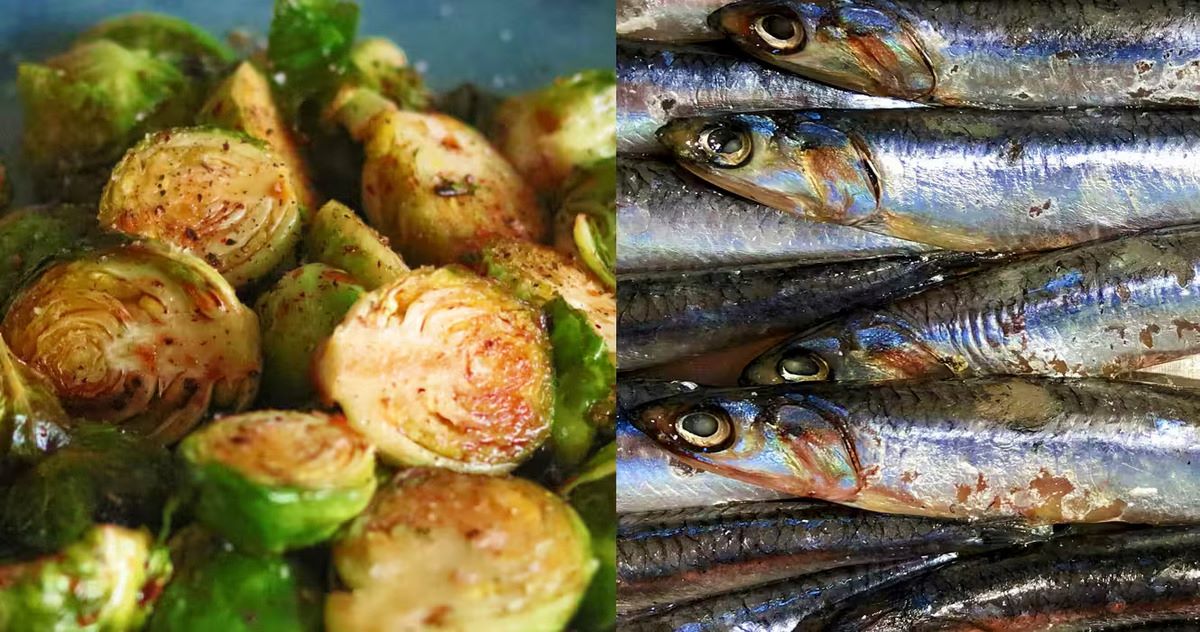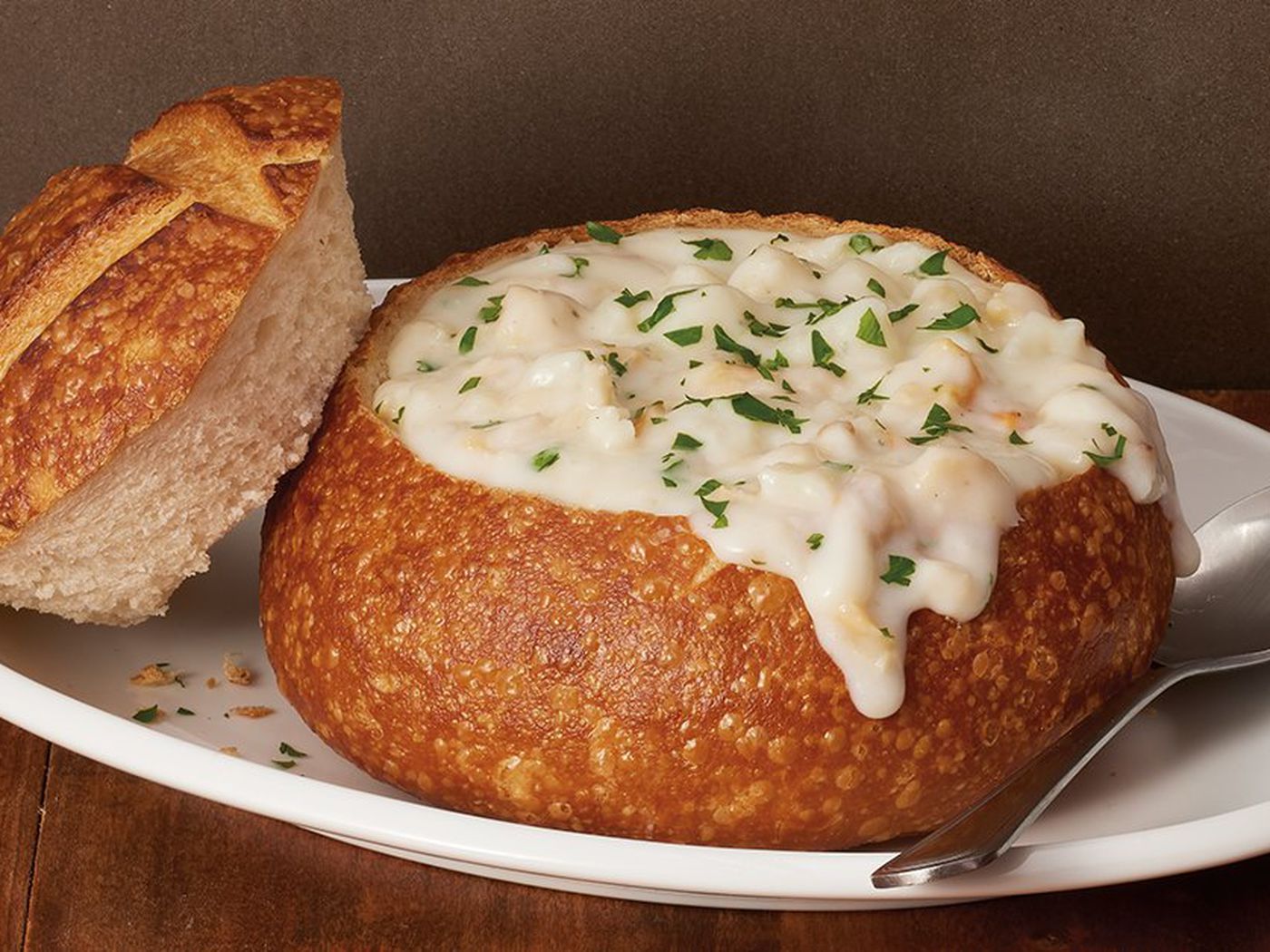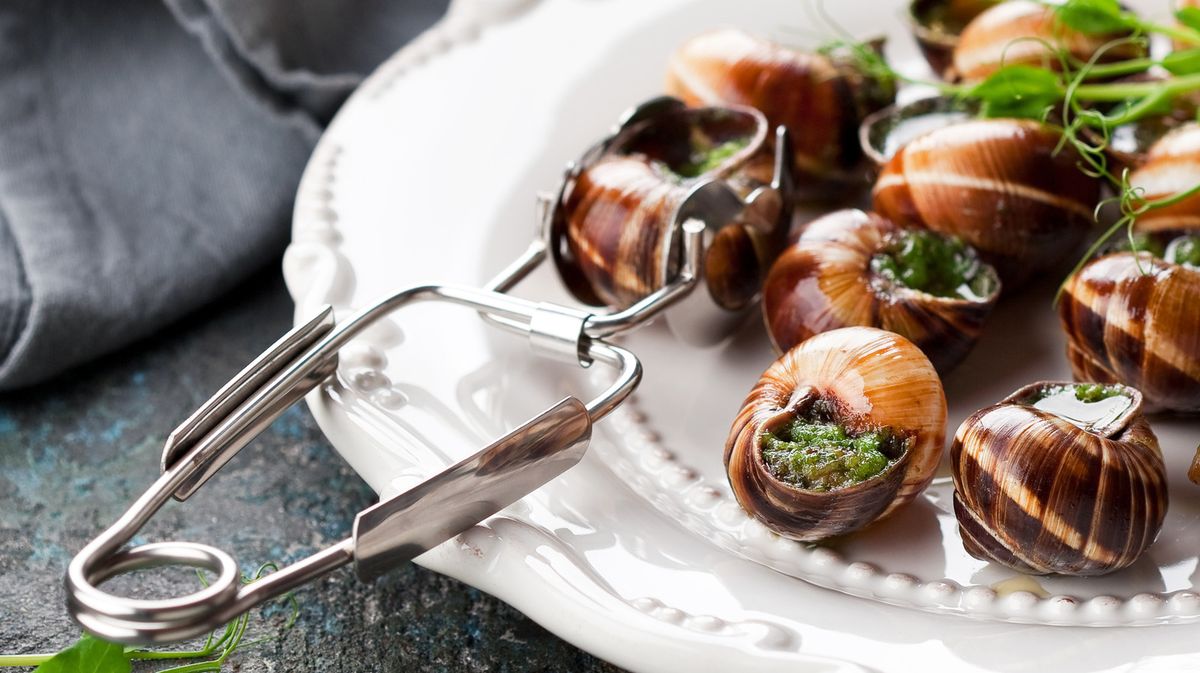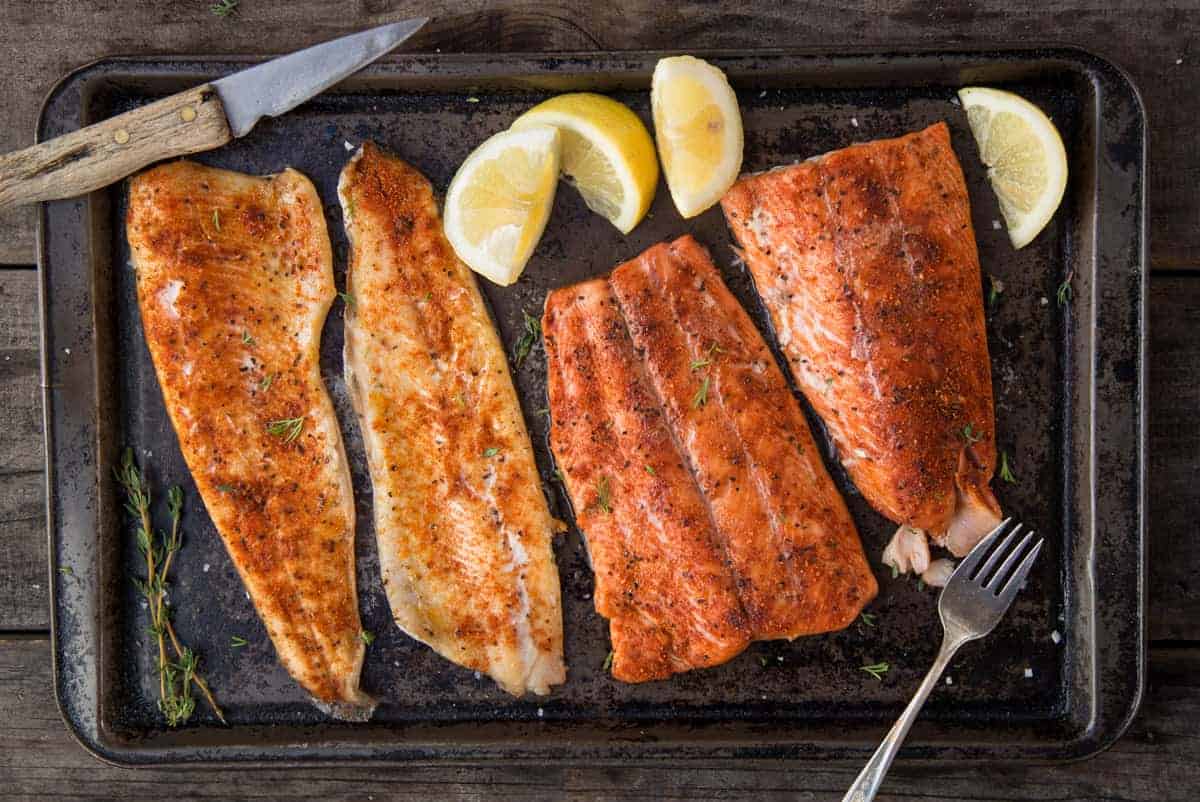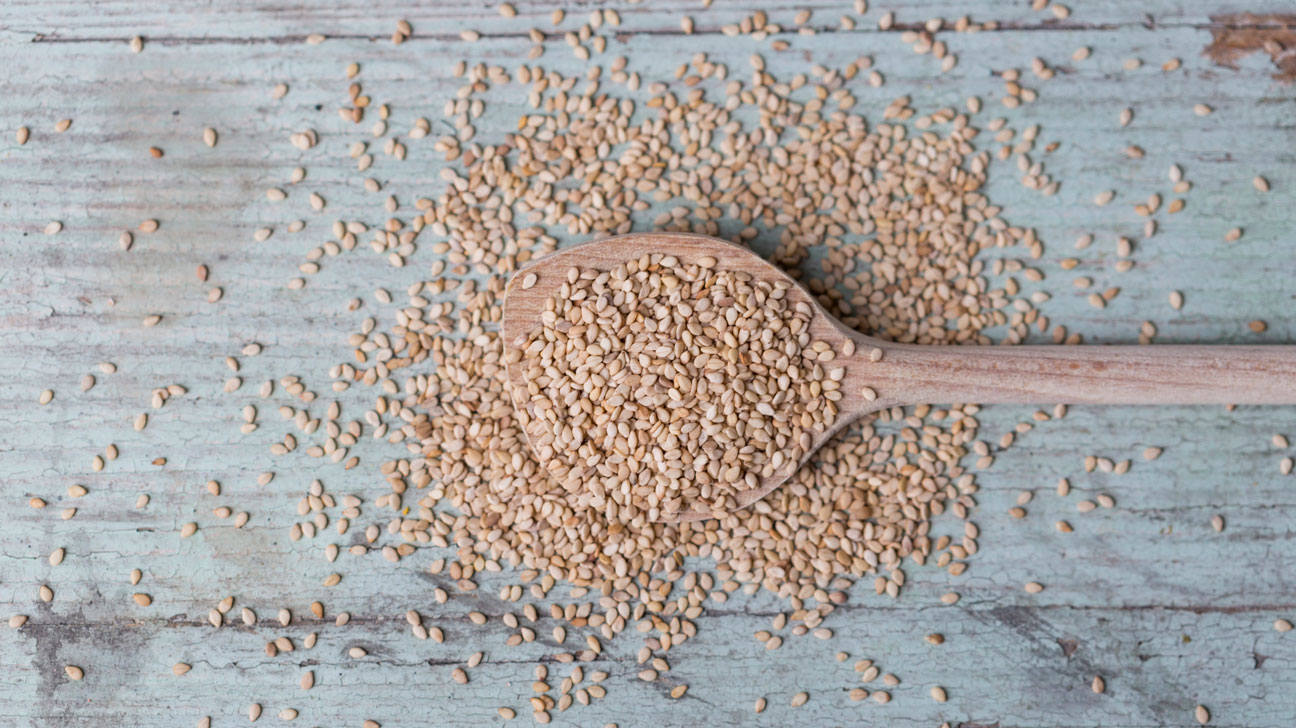How to Tackle Foods You Dislike
Let’s face it, we all have foods that we just can’t stand. Whether it’s the taste, texture, or smell, there are certain foods that make us cringe at the thought of eating them. However, learning how to eat foods you hate can open up a world of culinary possibilities and help you develop a more adventurous palate. Here are some tips to help you tackle those dreaded foods:
1. Give It Another Chance
Our tastes change over time, so a food you disliked in the past might actually be more palatable now. Try giving it another chance and see if your taste buds have evolved. You might be surprised at how your perception of the food has changed.
2. Experiment with Preparation
Sometimes, the way a food is prepared can make all the difference. If you dislike a certain vegetable, try roasting, grilling, or sautéing it instead of eating it raw. The change in texture and flavor might make it more enjoyable for you.
3. Pair It with Foods You Love
One way to make a disliked food more bearable is to pair it with foods you enjoy. For example, if you don’t like the taste of broccoli, try mixing it with cheese or adding it to a stir-fry with your favorite protein. The combination of flavors might make the food more enjoyable.
4. Mask the Flavor
If the taste of a certain food is what puts you off, try masking it with other flavors. For example, if you dislike the taste of fish, try adding strong spices or a flavorful sauce to help disguise the flavor. Over time, you might become more accustomed to the taste and be able to enjoy it on its own.
5. Gradual Exposure
If you really struggle with a particular food, try gradually exposing yourself to it. Start by incorporating small amounts of the food into dishes and gradually increase the portion size as you become more comfortable with it. This gradual exposure can help desensitize your aversion to the food.
6. Change Your Mindset
Often, our dislike for certain foods is rooted in our mindset rather than the actual taste. Try approaching the food with an open mind and a positive attitude. Focus on the nutritional benefits and how it can contribute to a balanced diet rather than dwelling on the aspects you dislike.
7. Seek Professional Help
If your aversion to certain foods is impacting your overall nutrition, it might be worth seeking the help of a professional, such as a dietitian or nutritionist. They can provide personalized strategies to help you incorporate the disliked foods into your diet in a way that works for you.
Remember, learning to eat foods you hate is a process that takes time and patience. By being open-minded and willing to experiment, you might just discover a newfound appreciation for foods you once couldn’t stand.
So, go ahead and give those dreaded foods another chance. Who knows, you might just find a new favorite dish!


